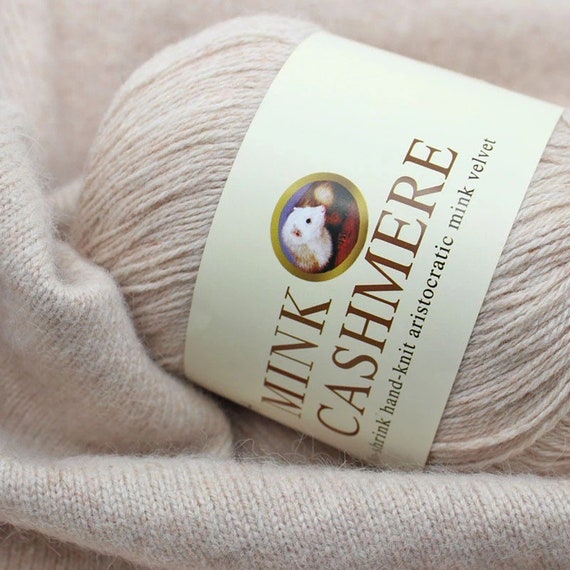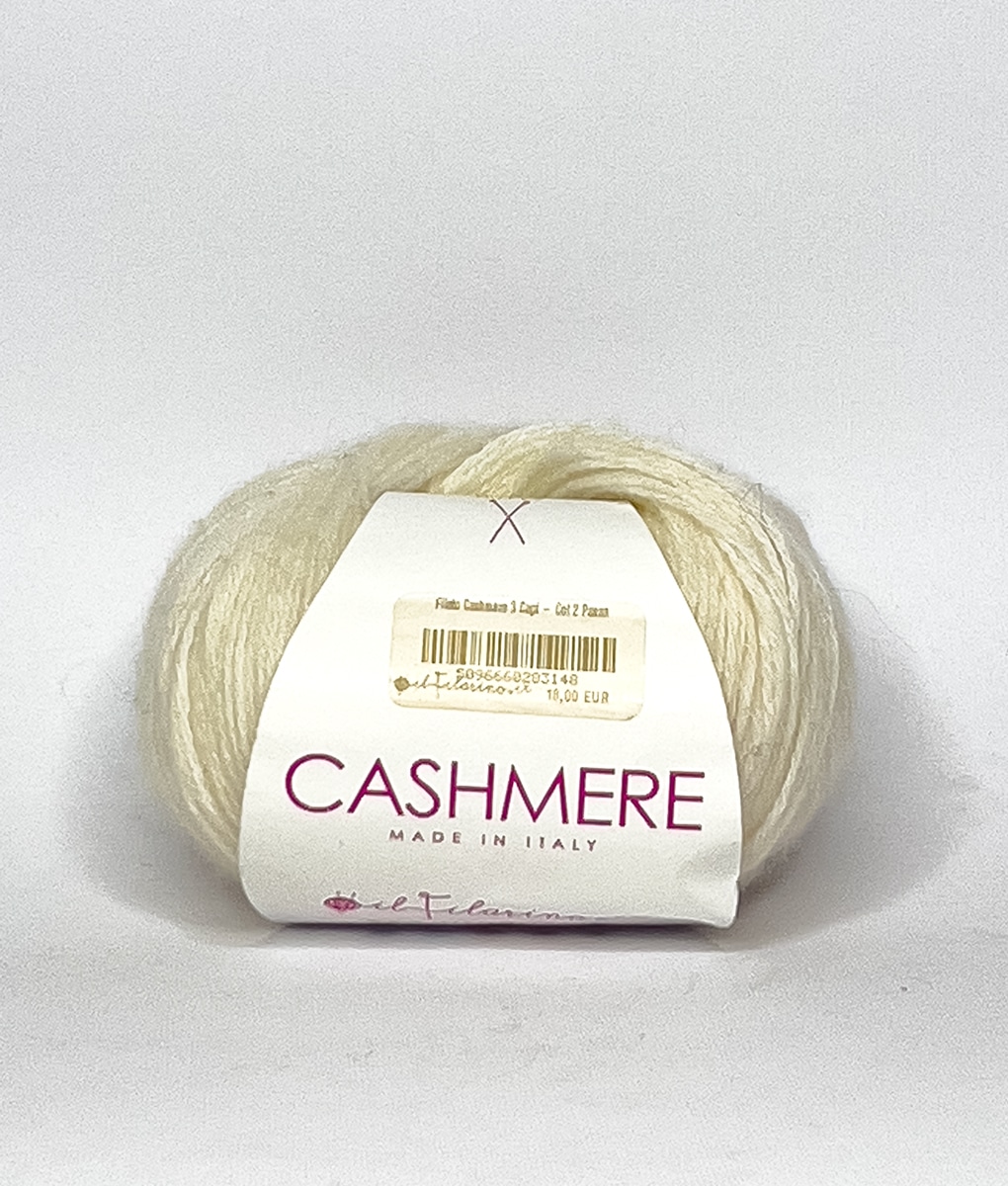The Fascinating Process Behind Producing cashmere Fibre and Its Applications
Wiki Article
Discover the Appeal of Cashmere a Natural Fiber: Why It's a Must-Have in Your Wardrobe
The allure of cashmere, a luxury natural fiber, goes beyond mere looks. Originating from the Kashmir region, this light-weight yet resilient material has woven its means into high-end style due to its distinct residential properties and versatile allure. From discussing its appealing beginning to understanding its production high quality, process, and treatment, it deserves discovering why cashmere holds such a special location in the globe of textiles. Discover the elegance and compound of this fiber as we get started on an expedition of its attraction.
The Beginning and History of Cashmere: A Quick Summary
While several might view cashmere as a straightforward luxury, its history is soaked in abundant cultural practice. Stemming from the Kashmir region in India, cashmere wool has actually been generated for hundreds of years. The fiber is acquired from the soft undercoat of cashmere goats, gathered throughout their molting period. As a precious asset, it was traded along the Silk Roadway, ending up being extremely valued in Europe in the 18th century. The name 'cashmere' is an old English derivation of Kashmir. Despite its international popularity, most of cashmere manufacturing still remains in Asia, especially China and Mongolia. This historic journey highlights the social relevance of cashmere, transforming it from a local specialty to an international high-end.Recognizing the Distinct Qualities of Cashmere Fiber
While various other products may put on down over time, cashmere maintains its high quality, making certain long-lasting wear. Cashmere possesses a special visual charm. Comprehending these properties clarifies why cashmere is not simply a deluxe, yet a worthwhile investment for any kind of closet.

The Process of Making Cashmere: From Goat to Garment
To value the elegant buildings of cashmere fully, one need to recognize its journey from the raw fiber to the completed item. The procedure begins with the cashmere goats, mainly found in Mongolia, China, and Iran. The soft undercoat of these goats, gathered throughout their all-natural molting season in spring, supplies the raw product. This fragile fiber is after that carefully separated from the coarser outer hair in a labor-intensive process called dehairing. The pure cashmere is after that dyed, spun into yarn, and lastly knitted or woven into the desirable garments. Each action is meticulously carried out to maintain cashmere's remarkable heat, softness, and sturdiness. This complex process leads to the development of an absolutely elegant material.
Decoding the Top Quality and Price: Why Is Cashmere so Expensive?
Cashmere stems go to this site from the fine undercoat of the cashmere goat, with each goat creating a simple 150 grams yearly. The processing of raw cashmere calls for both time and competence, with the fibers requiring to be meticulously sorted, cleaned, and spun. These aspects incorporated make cashmere a pricy yet highly desired product in the globe of fashion.Cashmere in Fashion: The Convenience and Classic Allure
In spite of its high rate, the classic charm and adaptability of cashmere have solidified its location in the world of style. The fiber's distinct structure, identified by its soft qualities and warmth, has actually ended up being synonymous with deluxe and comfort. Its adaptability prolongs beyond seasonal fads, making it a wardrobe important in numerous types, from classy sweatshirts to stylish headscarfs. The versatile nature of cashmere permits for its integration right into both formal and informal outfit, signifying its broad allure. Additionally, the fabric's withstanding popularity throughout the years confirms to its classic charm. As patterns come and go, cashmere continues to be a constant, its attraction undiminished, continuing to motivate and shape the style industry's landscape.Taking Care Of Your Cashmere: Upkeep and Conservation Tips
Ensuring the durability of cashmere garments needs certain treatment and focus. These treasured belongings must not be thrown right into the cleaning maker with normal washing. Instead, hand washing with gentle, pH-neutral soap in lukewarm water is encouraged. After washing, they must not be wrung out. Rather, they should be gently pressed between towels to take in excess water, after that view it laid flat to dry. Routine cleaning with a cashmere comb can protect against pilling. Saving these things in visit the site an awesome, dry place, preferably in a breathable bag, can safeguard them from moths and humidity (is cashmere a natural fiber). An occasional airing outside, away from straight sunlight, can freshen the fibers. With these maintenance and conservation tips, one can guarantee their cashmere remains luxuriously soft and durable.Final Thought
Cashmere, with its unmatched gentleness and heat, offers both high-end and longevity. Its beginning from the Kashmir area and meticulous production procedure add to its premium charm and cost. Its convenience in fashion and sustaining appeal make it a worthy financial investment for any closet. With proper treatment and preservation, cashmere garments can last for several years, using an unique mix of quality, style, and convenience. Discover the allure of cashmere and raise your style collection.
Report this wiki page